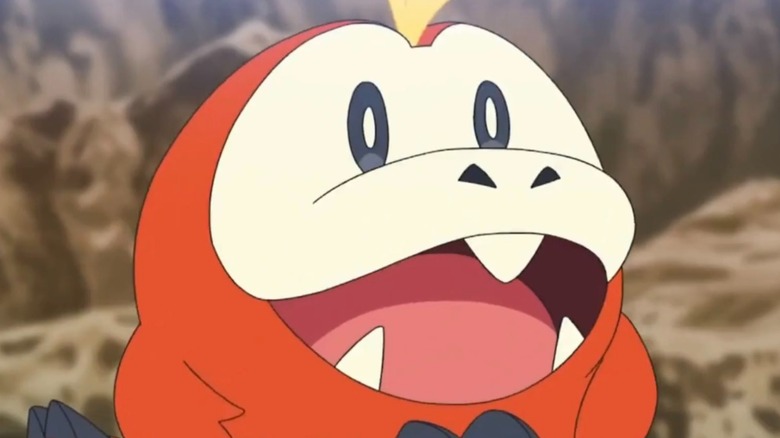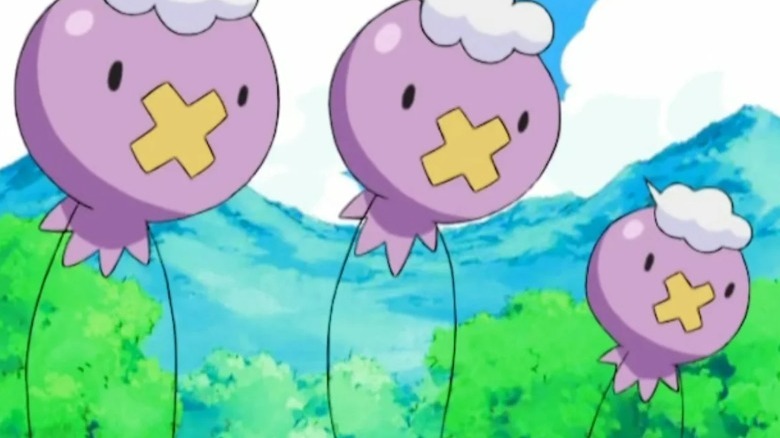The Creature Design Rule Every Pokemon Game Has To Follow
There are plenty of different kinds of Pokémon that exist between the nine generations. In fact, there are over 1,000 different creatures in the franchise, with more added in each mainline installment. Design-wise, Pokémon are inspired by creatures from around the world, and some even resemble inanimate objects. While some Pokémon designs get a lot of flack for being lazy (like the worst Pokémon evolution out there, Dudunsparce), there's actually a design rule that Pokémon have to follow that's anything but.
Game Informer interviewed Junichi Masuda, one of the head honchos of "Pokémon," and found out about the Pokémon-making process. As a director, composer, and producer, Masuda knows just about everything about the pocket monsters. According to Masuda, the entire development team likes to pitch ideas for Pokémon, and they generally all make the cut. Even if an idea doesn't sound the best when it's first pitched, the team will workshop the theoretical Pokémon until it's better.
With this in mind, all Pokémon designs have one rule to follow.
Pokémon need to make sense
According to Masuda, "When designing Pokémon, and not just from a graphic design perspective, there must be a reason for why it looks the way it does and you have to think about why it might live in the Pokémon world."
The world of Pokémon might be fictional, but it's still very similar to the reality we experience. Pokémon need to have a reason for existing in that kind of reality, so there has to be some kind of backstory for each Pokémon that includes how it functions as a living creature. Masuda used other examples, like what each Pokémon eats and how the environment impacted it (and no, their purpose probably isn't something like being the yummiest Pokémon).
On one hand, this makes sense. The "Pokémon" games have the Pokédex, a researching tool that catalogs and details each Pokémon available in the game – having these kind of fleshed-out creatures makes creating Pokédex entries natural and portrays Pokémon as part of a complex ecosystem.


